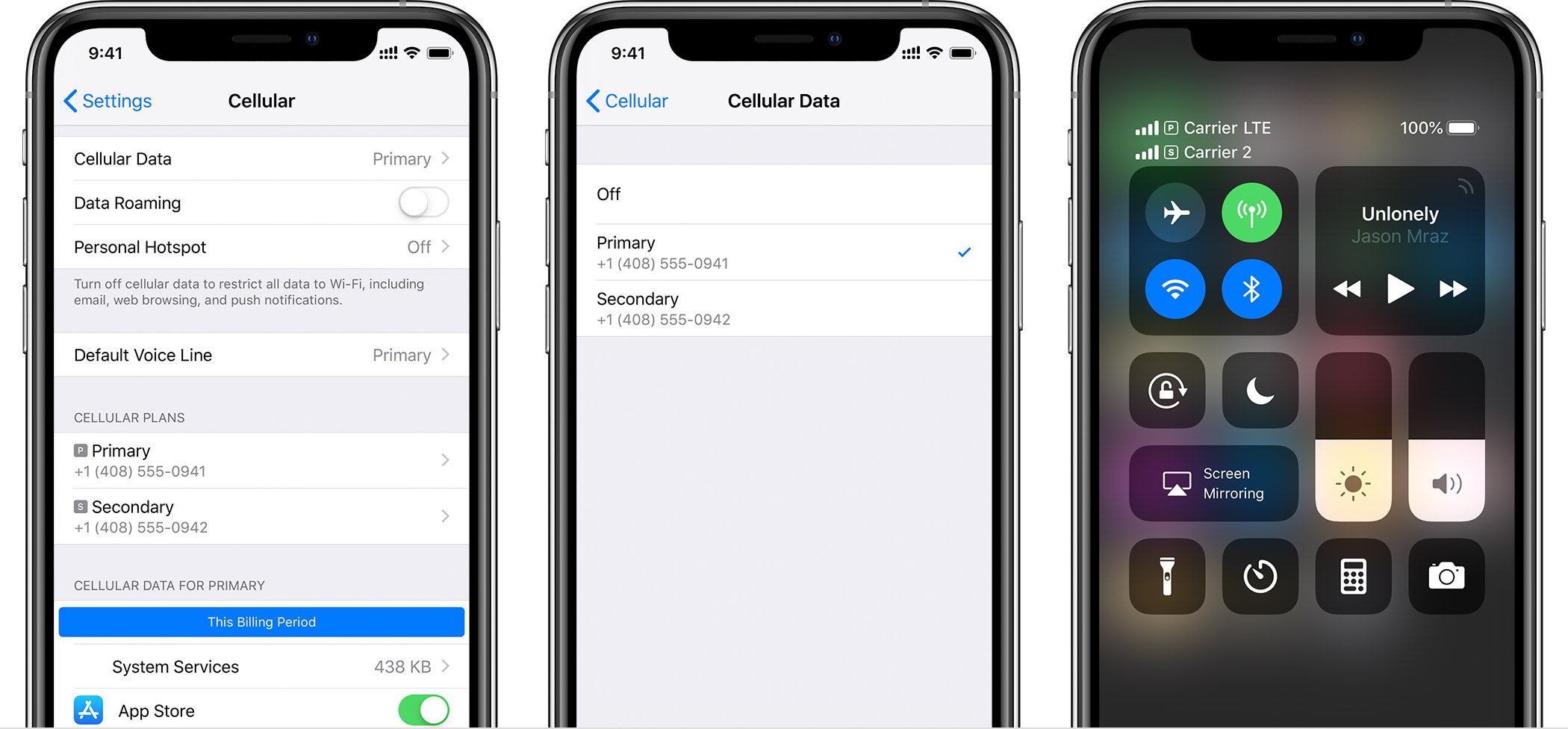
Introduction
Switching from an Android device to an iPhone often raises questions about SIM card compatibility. This article explains how Android SIM cards work with the iPhone 11, covering technical aspects and practical steps for a smooth transition.
SIM Card Sizes
Understanding SIM card sizes is crucial before discussing compatibility between Android and iPhone devices. Historically, three main sizes exist: Standard SIM, Micro SIM, and Nano SIM.
Standard SIM
- Largest size
- Common in older devices
Micro SIM
- Smaller than Standard SIM
- Used in many mid-range devices
Nano SIM
- Smallest size
- Used by most modern smartphones, including iPhone 11
The iPhone 11 uses a Nano SIM, so ensure your current SIM card matches this size.
Compatibility Chart
Here is a compatibility chart for popular Android devices and their SIM card sizes:
| Phone Type / Android | Sim Card Size |
|---|---|
| Samsung Galaxy A10e, A20, A50 | Nano SIM |
| Samsung Galaxy A01, A11, A42 5G, A51/A51 5G, A52 5G, A71 5G | Nano SIM |
| Samsung Galaxy A03s, A12, A13 5G, A21, A32 5G | Nano SIM |
| Samsung Galaxy S6, S6 Edge, S6 Edge Plus, S6 Active | Nano SIM |
| Samsung Galaxy S7, S7 Edge, S7 Active | Nano SIM |
| Samsung Galaxy S8, S8+, S8 Active | Nano SIM |
| Samsung Galaxy S9, S9+ | Nano SIM |
| Samsung Galaxy S10, S10+, S10e, S10 5G | Nano SIM |
| Samsung Galaxy S20, S20+, S20 Ultra 5G | Nano SIM |
| Samsung Galaxy S21 5G, S21+ 5G, S21 Ultra 5G | Nano SIM |
| Samsung Galaxy S22 5G, S22+ 5G, S22 Ultra 5G | Nano SIM |
| Samsung Galaxy S23 5G, S23+ 5G, S23 Ultra 5G | Nano SIM |
| Samsung Galaxy Note 5, 7, 9 | Nano SIM |
| Samsung Galaxy Note 10, Note10 5G, Note10+, Note10+ 5G | Nano SIM |
| Samsung Galaxy Note 20, Note20 Ultra, Note20 Ultra 5G | Nano SIM |
| Samsung Galaxy Fold | Nano SIM/eSIM |
| Samsung Galaxy Fold 5G | Nano SIM/eSIM |
| Samsung Galaxy Z Fold2 5G | Nano SIM/eSIM |
| Samsung Galaxy Z Flip, Z Flip 5G | Nano SIM/eSIM |
| Samsung Galaxy Z Flip3, Z Flip3 5G | Nano SIM/eSIM |
Most modern Android devices use a Nano SIM, making them compatible with the iPhone 11.
Practical Considerations
Switching from Android to iPhone
Follow these steps to ensure a smooth transition:
- Check Your Current SIM Card: Verify that your SIM card is a Nano SIM. If not, purchase a Nano SIM adapter or contact your carrier for a new Nano SIM card.
- Insert the SIM Card: Insert the SIM card into the SIM tray of your iPhone 11. Slide the tray out, place the SIM card in the correct orientation, and slide the tray back in.
- Activate Your Service: Follow on-screen instructions from Apple or your carrier to activate your service. This may involve setting up your phone number, data plan, and other settings.
- Transfer Data: Use methods like iCloud backup, Google Drive backup, or third-party transfer apps like Move to iOS to transfer data from your old Android device to your new iPhone.
Potential Issues
Be aware of these potential issues when switching devices:
- Carrier Compatibility: Ensure your carrier supports the iPhone 11 and that you are not locked into a contract with a carrier that does not support the device.
- eSIM Compatibility: Some carriers offer eSIM services, allowing you to activate a new line without a physical SIM card. If you have an eSIM-enabled device, switching between carriers becomes easier.
- Data Loss: Always back up your data before switching devices to minimize the risk of data loss.
- Network Settings: Network settings may not transfer automatically. Manually configure network settings on your new iPhone if needed.
Additional Tips
Using eSIM
If you have an eSIM-enabled device, take advantage of its flexibility:
- Check eSIM Compatibility: Ensure your carrier supports eSIM services and that your device is eSIM-enabled.
- Activate eSIM: Download the necessary app from your carrier and follow their instructions to activate your eSIM.
- Switch Between Carriers: Easily switch between different carriers without needing a physical SIM card, useful for travelers needing connectivity in different countries.
Troubleshooting
If issues arise during the switch, try these troubleshooting tips:
- Check Compatibility: Ensure your SIM card is compatible with the Nano SIM size.
- Contact Carrier: If experiencing issues with activating your service, contact your carrier for assistance.
- Reset Network Settings: Sometimes resetting network settings can resolve connectivity issues. Go to Settings > General > Reset > Reset Network Settings.
- Use Third-Party Apps: Various third-party apps can help transfer data from one device to another, minimizing the risk of data loss.
By following these tips and being aware of potential issues, you can ensure a smooth transition from an Android device to an iPhone 11 and enjoy the benefits of Apple's ecosystem.
